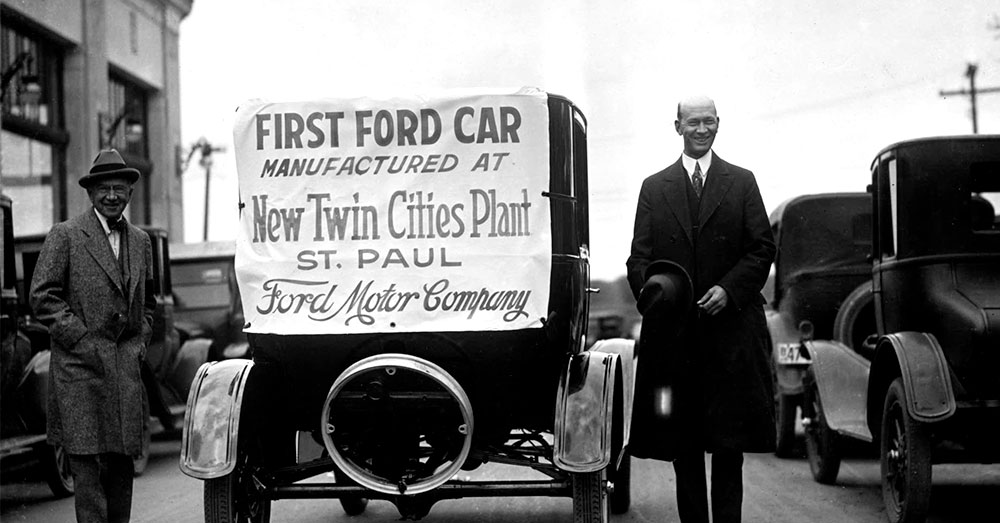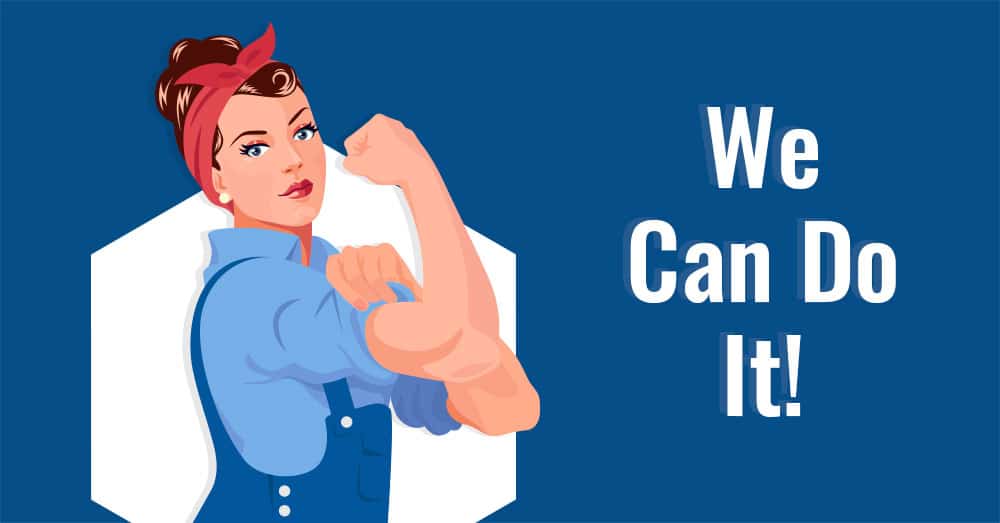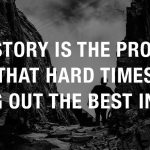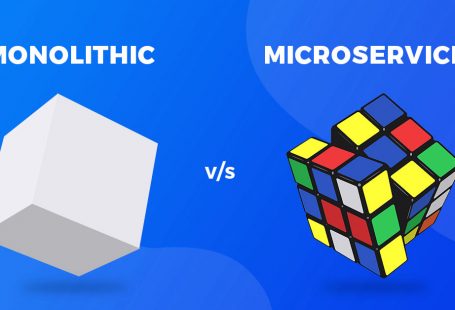Life is never simple; ups and downs are unavoidable. The world is facing a similar situation in the wake of COVID-19, which is unchancy to humankind and possibly a menace to the working industry and the economy, but the good thing about bad times and the bad thing about good times is: that it passes. Nothing is life long, except for you, yourself.
Times may come, where an entrepreneur may have very little hope about her/his company (or startup) when everything is going astray, but how they emerge from this phase is what actually matters. Stronger or weaker, their choice.
“Iron, when heated and pounded, becomes a fine sword. Likewise, our true strength and potential cannot be forged without hardships” – Daisaku Ikeda.
A very peculiar thing about natural catastrophe is that it’s the same for everyone, everyone is facing similar problems, while a normal person may think of it as their bad luck, a virtuous entrepreneur will look at it as an opportunity to learn and grow even stronger than before.
And it’s safe to say that history is the proof of it. Now, every well-established entrepreneur once had to face hardships in order to turn out even more successful.
Some stories of success-
Ford Motor Company:

Ford motor company, a well-established and multi-million-dollar organization, with a firm hand in the ever-competitive market, once faced hard times too. Building up an organization from scratch is never easy.
Imagine, giving everything to a business and ultimately losing to a natural calamity, It would be a nightmare for any entrepreneur.
Henry Ford faced a similar threat during World War II, Ford motor company was already well known during this time and was generating good revenues, but the war hit the company hard.
- Wages were lower, employees feared getting fired and workers were striking, at this time the company was going back to square one, which was not acceptable to Henry Ford.
Patriotically inspired by the Japanese attack on Pearl Harbour, Ford decided to build up the giant willow run plant.
- Willow Run produced one plane per hour, and by the end of the war, Ford had built 86,865 complete aircraft, 57,851 airplane engines, 4,291 military gliders, and thousands of engine superchargers and generators.

During this time, everyone was asked to “Do their part”, Willow Run was the largest factory under one roof.
Anheuser-Busch:

Anheuser-Busch is a beer giant, which has set its foot in the market very well. The company which generated global revenue of 53.3 billion US dollars in 2019, also faced difficulty in the year 2014.
- The crisis was entirely man-made, the city authorities of Flint, Michigan decided to save 5 million dollars by shifting the water supply from Lake Huron to Flint River. To their luck, the new treatment work was meager which resulted in lead pollution in the water flowing to thousands for houses in Flint. It’s safe to say that it was a national scandal.
- What Anheuser-Bush did during this situation is both smart and responsible, the giant decided to quietly donate 51,000 of canned water to Flint, it previously donated around 188,000 cans to St Louis and Oklahoma after it was hit by a tornado.
The responsible act was later picked up by the media, which proved to be beneficial for Anheuser-Busch as it reaped good publicity and became a powerful brand with a global reach.
Rio Tinto:

Rio Tinto is a prominent organisation that works in the area of discovering, excavating and processing the earth’s mineral resources. The Group supplies essential minerals and metals worldwide that meet the needs and contribute to better living standards.
- The Group is established around the world but branches strongly in Australia, North America, South America, Asia, Europe and many parts of southern Africa.
Africa is a zone which is largely hit by HIV/AIDS, the most affected by this pandemic are youth ranging from 15 to 49 years of age. Like many other organizations working in Africa, Rio Tinto was also facing the same health pandemic, while others succumbed to the outer forces, Roi Tinto was able to stand out.
Rio Tinto was able to develop an HIV/AIDS strategy in response to the social and economic issues raised. It gained global recognition by running awareness programs in the affected areas. It created a better future for itself and the people.
Airbnb:

Airbnb was first launched in the year 2008 by Brian Chesky.
At that time, it was just another startup in the market, about which no one would really care.
His website had no money, no investors, and the only solution to his problem was to HUSTLE.
- Brian Chesky decided to generate the capital to establish his startup by launching the novelty of Obama’s O’s and Cap’n McCain cereals at the democrat and republic party, this helped him earn his capital of $30,000.
- Investor Paul Graham loves retelling the story of how they made it big; he loves how the company could be built on pure hustle. Whenever he is asked how the starting capital to establish any startup could be generated, he simply goes to the cereal box and tells this story.
Coca-Cola: Fanta

Coca-cola is a globally recognized brand around the world. It has been a well-known brand since the 1890s, while the brand has always been popular, there are stances where it emerged even stronger tackling adversities.
Fanta is the outcome of adversity used by the company as an opportunity.
- The soft drink Fanta was invented by Coca-Cola, an American company, inside Nazi Germany during World War II. The soda was invented to ensure that the brand continues to gain popularity even in the most difficult times.
- Fanta was advertised as the drink of the Nazi Germans, their pride, their soda. Fanta became a nationalistic pride and was consumed by every German, from the craftsmen to the businessmen.
Amidst the bad times, Germans took out time to make sure they drink their Fanta.
It became their signature drink.
War did not matter as long as they had their bottled pride.
All these companies were able to make it big, even in the hardest of times.
This makes the most sense right now, because we are facing what we have only read in books, and seen in the movies. The three months that we have is the time to make it or leave it.
It’s the time where we have abundant opportunities to prepare ourselves for an even highly competitive market.
No matter how tough the situation is, to emerge stronger and better should be the aim.
These three months are a perfect opportunity to re-evaluate our goals and plans and make better strategies to attain success. It is the best time to aim at re-creating all these historic success stories. How you use this time will determine what the future holds for you.







